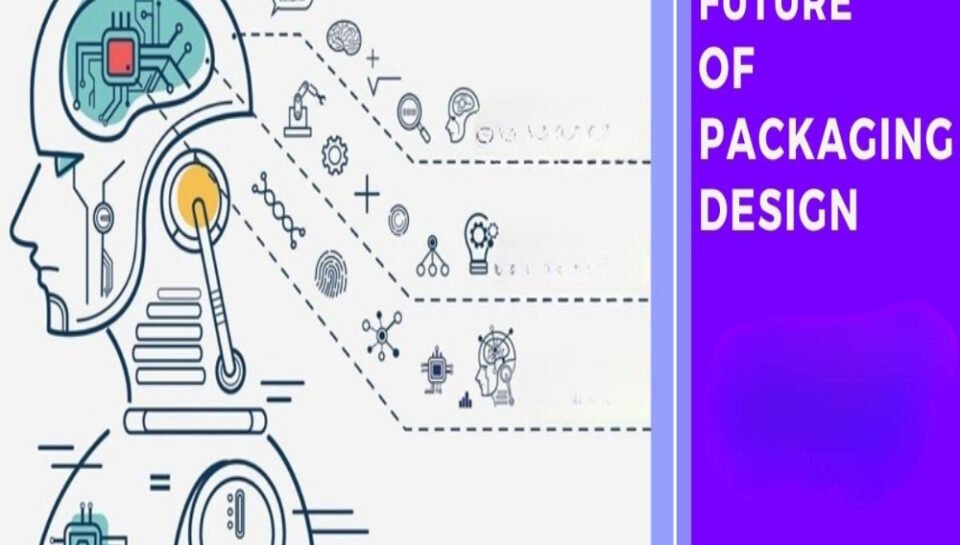
Briefly outline the trends shaping the future of package design.
INTRODUCTION
As consumer behavior, technology, and environmental concerns evolve, so too does the field of package design. Brands must now look beyond aesthetics and focus on functionality, sustainability, and digital integration to meet the demands of modern consumers. The future of packaging lies in innovation, personalization, and purpose-driven design. Below is a brief outline of the key trends that are shaping the future of package design.
1. SUSTAINABLE AND ECO-FRIENDLY MATERIALS
The shift toward sustainability is accelerating. Brands are increasingly adopting biodegradable, recyclable, and compostable packaging. Minimalist and mono-material designs are becoming standard to reduce waste and improve recyclability.
2. SMART AND INTERACTIVE PACKAGING
Technology is transforming packaging into a digital interface. QR codes, NFC chips, and AR experiences allow consumers to interact with packaging for tutorials, authenticity checks, and personalized content, enhancing engagement and transparency.
3. MINIMALIST AESTHETICS
Clean, simple designs with limited colors and bold typography continue to gain popularity. Minimalism not only communicates clarity and modernity but also supports sustainable printing practices.
4. PERSONALIZATION AND CUSTOMIZATION
Advances in digital printing allow brands to offer personalized packaging—such as individual names, regional messaging, or limited-edition artwork—enhancing consumer connection and loyalty.
5. FUNCTIONAL AND USER-CENTERED DESIGN
Consumer convenience drives innovation in packaging features like easy-open tabs, resealable closures, and ergonomic shapes. The goal is to enhance usability while aligning with lifestyle needs.
6. TRANSPARENT AND HONEST PACKAGING
Clear labeling, visible product windows, and straightforward messaging are becoming standard as consumers demand authenticity and clarity in what they buy.
7. E-COMMERCE-FRIENDLY DESIGN
Packaging is being redesigned for the rigors of shipping, storage, and returns. This includes tamper-proof structures, compact designs, and branded unboxing experiences that delight online customers.
8. AUGMENTED REALITY AND VIRTUAL ENGAGEMENT
AR-enabled packaging adds layers of entertainment, education, or brand storytelling. This technology makes packaging a channel for interactive consumer experiences, both in-store and online.
9. INCLUSIVE AND ACCESSIBLE DESIGN
Future packaging is increasingly considering diverse user needs, including seniors and people with disabilities. Features like large text, tactile elements, and ergonomic features are on the rise.
10. REFILLABLE AND REUSABLE SYSTEMS
To support circular economy models, brands are developing packaging designed for refill or long-term use. Refill pouches and reusable containers are reshaping how consumers interact with products beyond the point of sale.
CONCLUSION
The future of package design is dynamic, driven by sustainability, technology, and user experience. By embracing these emerging trends, brands can create packaging that is not only visually appealing but also intelligent, ethical, and consumer-focused—ensuring relevance in a rapidly evolving marketplace.
HASHTAGS
#FutureOfPackaging #PackagingTrends #SustainableDesign #SmartPackaging #ARInPackaging #MinimalistPackaging #EcoFriendlyDesign #PersonalizedPackaging #UserCenteredDesign #PackagingInnovation #ModernPackaging #DigitalEngagement #InclusiveDesign #EcommercePackaging #ReusablePackaging #DesignForTomorrow #PackagingSolutions #PackagingExperience #TechDrivenDesign #PackagingWithPurpose #InteractivePackaging #ClearLabeling #CircularPackaging #PackagingForTheFuture #PackagingDesign





